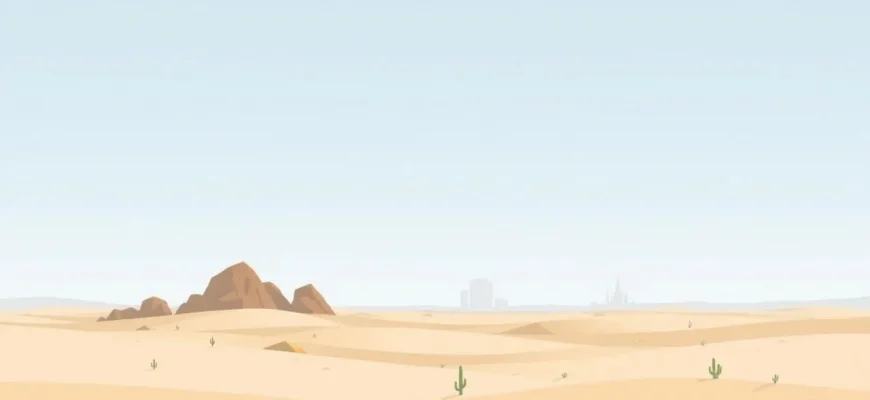The desert, with its vast, unending landscapes, has always been a place of mystery and illusion. From shimmering heat waves to the elusive mirages that dance on the horizon, these natural phenomena have inspired countless stories in film. This curated list of 10 movies delves into the theme of desert mirages, exploring how filmmakers have used this element to craft tales of survival, adventure, and the surreal. Whether you're a fan of psychological thrillers, epic adventures, or mind-bending science fiction, these films offer a unique perspective on the deceptive beauty of the desert.
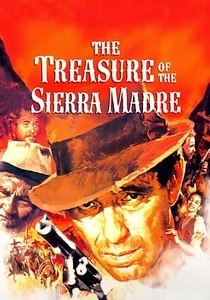
The Treasure of the Sierra Madre (1948)
Description: This classic tale of gold prospectors in the Mexican desert features mirages that reflect the characters' greed and desperation, adding to the film's psychological depth.
Fact: The film won three Academy Awards, including Best Director for John Huston, and its desert scenes were shot in Mexico.
 Watch Now
Watch Now 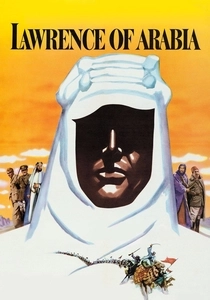
Lawrence of Arabia (1962)
Description: This classic film captures the life of T.E. Lawrence, whose journey through the Arabian desert is filled with both literal and metaphorical mirages, reflecting his complex relationship with the desert and its people.
Fact: The film was shot in the actual desert locations where Lawrence traveled, and its epic scope and stunning cinematography have made it a landmark in cinema.
 Watch Now
Watch Now 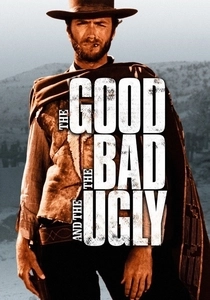
The Good, the Bad and the Ugly (1966)
Description: Set during the American Civil War, this spaghetti western uses the desert as a backdrop for its iconic showdowns, where mirages symbolize the elusive nature of wealth and justice.
Fact: The film was shot in Spain and Italy, with the desert scenes filmed in the Tabernas Desert, known for its resemblance to the American Southwest.
 Watch Now
Watch Now 
Dune (1984)
Description: This adaptation of Frank Herbert's novel features the desert planet Arrakis, where water is scarce, and mirages are a common occurrence, symbolizing the deceptive nature of power and survival.
Fact: The film's production was plagued by numerous issues, including budget overruns and creative differences, but its visual depiction of the desert remains iconic.
 Watch Now
Watch Now 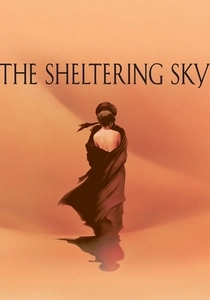
The Sheltering Sky (1990)
Description: A couple's journey through the Sahara becomes a descent into madness and mirage-like visions, exploring themes of identity, alienation, and the harsh realities of the desert.
Fact: The film was shot in the Sahara Desert, and the harsh conditions led to several cast and crew members falling ill.
 Watch Now
Watch Now 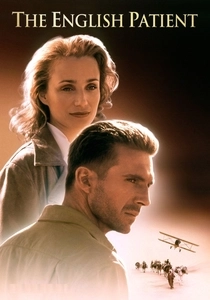
The English Patient (1996)
Description: This epic drama, set during World War II, features a plane crash survivor whose memories are as elusive as the mirages he sees in the Libyan desert. The film's exploration of identity, memory, and the desert's illusions makes it a fitting entry in this list.
Fact: The film won 9 Academy Awards, including Best Picture, and its desert scenes were filmed in Tunisia, where the crew had to contend with real desert conditions.
 Watch Now
Watch Now 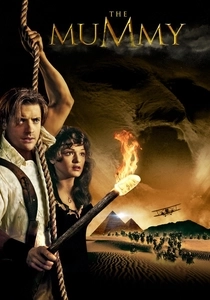
The Mummy (1999)
Description: Set in the Egyptian desert, this adventure film uses mirages to enhance the mystical and dangerous atmosphere, as explorers encounter ancient curses and supernatural phenomena.
Fact: The film was shot in Morocco, and the desert scenes were challenging due to the extreme heat and sandstorms.
 Watch Now
Watch Now 
The Hills Have Eyes (2006)
Description: While more of a horror film, the desert setting plays a crucial role, with mirages and hallucinations adding to the terror and isolation felt by the characters.
Fact: The film was shot in the deserts of Morocco, and the harsh environment added to the realism of the survival horror.
 Watch Now
Watch Now 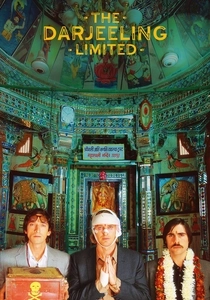
The Darjeeling Limited (2007)
Description: While not set in a traditional desert, the film's journey through India's vast landscapes includes scenes where the characters encounter mirage-like visions, symbolizing their search for meaning and connection.
Fact: The film was shot in India, and its director, Wes Anderson, used real trains for many scenes, adding to the authenticity of the journey.
 Watch Now
Watch Now 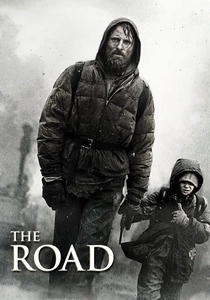
The Road (2009)
Description: Although primarily set in a post-apocalyptic world, the film's barren, desert-like landscapes serve as a backdrop for the characters' hallucinations and mirages, reflecting their desperate struggle for survival.
Fact: The film was shot in various locations including Pennsylvania, Oregon, and Louisiana to replicate the desolate, desert-like environment.
 Watch Now
Watch Now 
